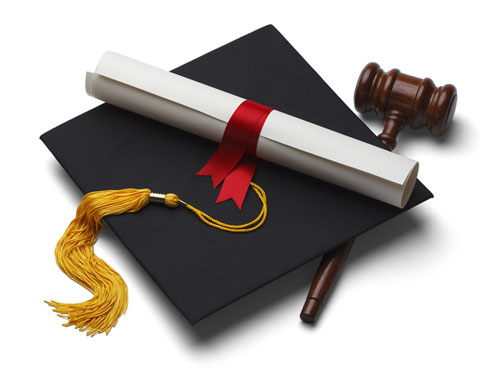Law school introduces hologram witnesses in mock trial

Image from Shutterstock.
The William & Mary Law School in Virginia has spent the past four months experimenting with hologram witnesses—and recently brought them before judges in the courtroom.
Judge John Gibney Jr. of the Eastern District of Virginia presided over a mock trial at the law school last month that included testimony from these full-size witnesses, which were beamed into the courtroom through an Epic, a special unit about the size of a phone booth, Reuters reports.
“The improved definition in the picture gave the people watching and hearing the witness a better chance to evaluate their credibility,” said Gibney, who told Reuters that the hologram witnesses were better than seeing witnesses through a video screen.
He noted that they were not as good as having witnesses appear in person.
The William & Mary Law School’s Center for Legal and Court Technology partnered with Proto Inc., a California-based hologram company, to use the Epic to test hologram witnesses in other mock trials this year, Reuters reports.
While Fredric Lederer, the director of the center, told the publication that holograms could make witness testimony more convenient and accessible, it is unclear whether their testimony would be considered constitutional.
Lederer cited the confrontation clause, which gives people who are facing criminal prosecution the right to confront their accusers, according to Reuters. They also come with a hefty price tag, and because they use the internet, could encounter service glitches.
However, Lederer also told Reuters that “COVID has shown us that sometimes you need a meaningful alternative to people being in the courtroom.”



